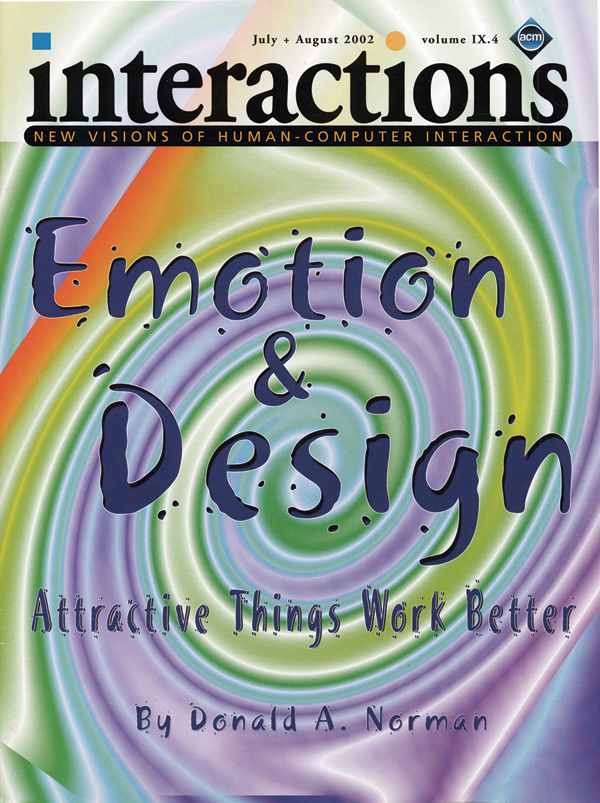Authors:
Computational technology is increasingly becoming a part of our everyday lives. It is partly used as the means for accomplishing certain tasks, but increasingly also as a kind of "building blocks" we use to construct our lifeworlds, whether as parts of an interior design to control lighting or heating or as part of our personal outfit (such as our mobile phones). We argue that this development drives a shift in focus from efficient use to meaningful presence of computational technology.
To illustrate the perspectives of use and presence, consider the following two ways of answering a question about a given piece of furniture in my home. On the one hand, a certain chair can be described as a device for sitting that is capable of supporting a particular weight; on the other hand, the chair might be described as my favorite place to sit and read or as the cherished memory of a late relative. Whereas the first description gives a general functional description of the chair, the second one concerns this particular thing's place in my life; in other words, it is an existential definition based on the thing's presence in my lifeworld. As we begin to understand how to design information technology for various aspects of usability and practical function, it is much less clear what design for meaningful presence in this area might be.
Searching for an answer to what one would craft when designing for presence, we argue that the expressions of things in use are central—it is through its basic expressions that a thing presents itself to us. From a phenomenological perspective we refer here to the basic constituents that form the appearance of a given thing. This should not be confused with what a given thing might express, as when we consider a particular car or piece of clothing to express a certain lifestyle. Although every existential definition of a thing will be unique, something invariant over these definitions depends on the expressions of the very thing itself; we might call this its expression-identity.
A designer needs to understand how expressions build various forms of meaningful presence. This is where aesthetics appears: aesthetics, as a "logic" of expressions, can serve as a basis for investigating expressions of computational technology and for determining how this technology, as a kind of design material, builds the presence of computational things. To do this we can form a research agenda to try to formulate a theory of the expressions and aesthetics of computational things and to search for methods of tracing existential definitions to the expression-identities of given computational things. In our paper we present such a research agenda and discuss how it can guide further design experiments.







Post Comment
No Comments Found